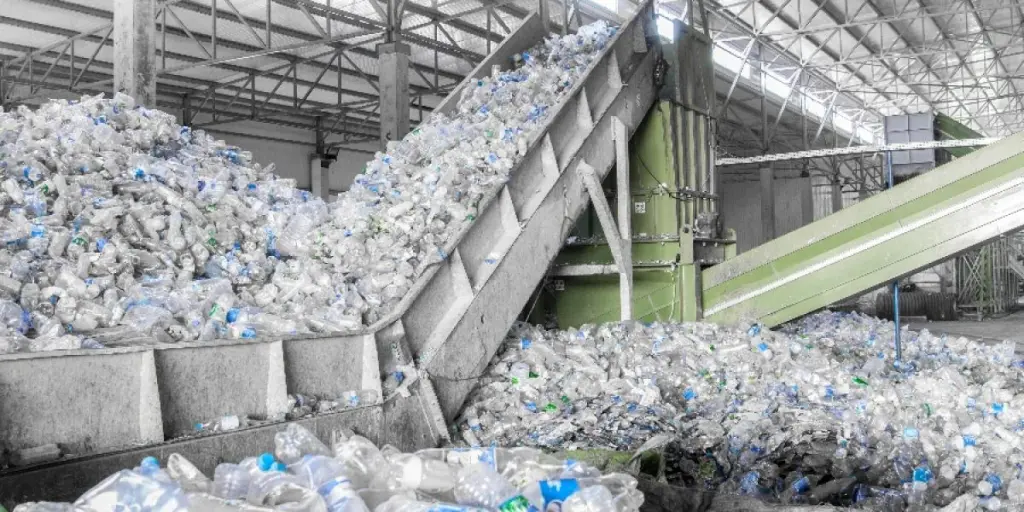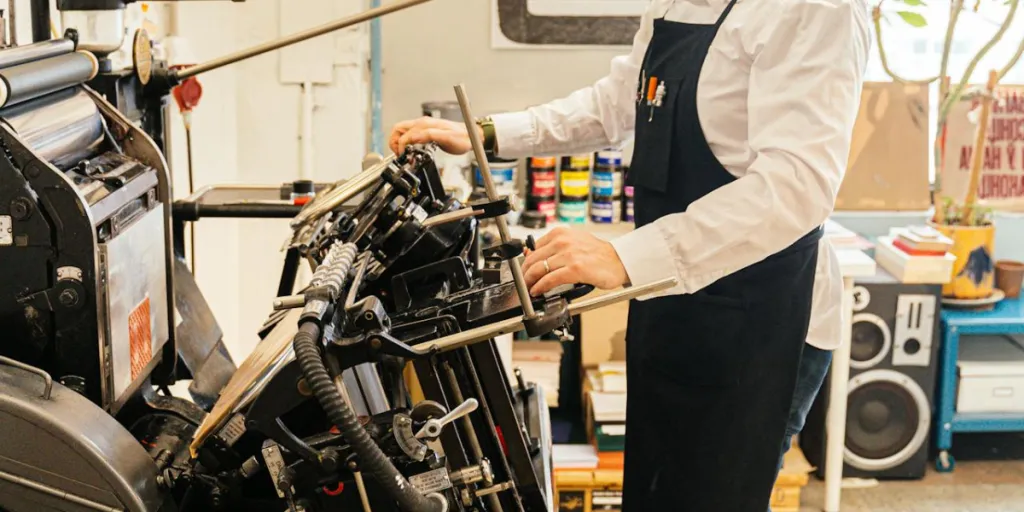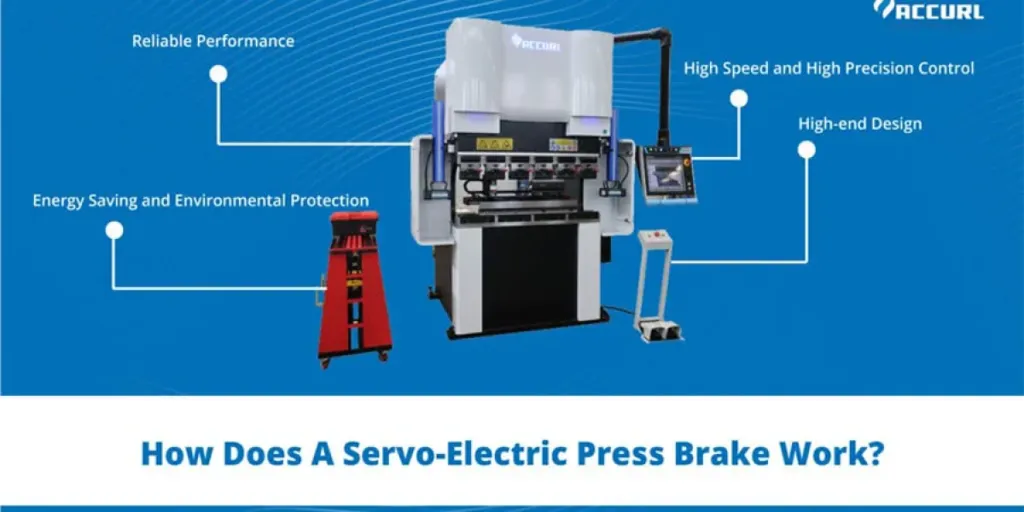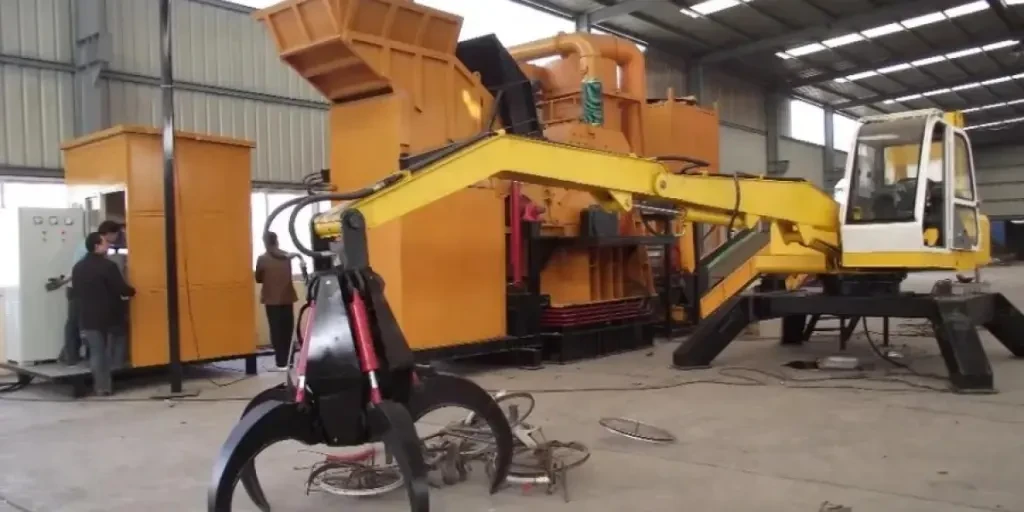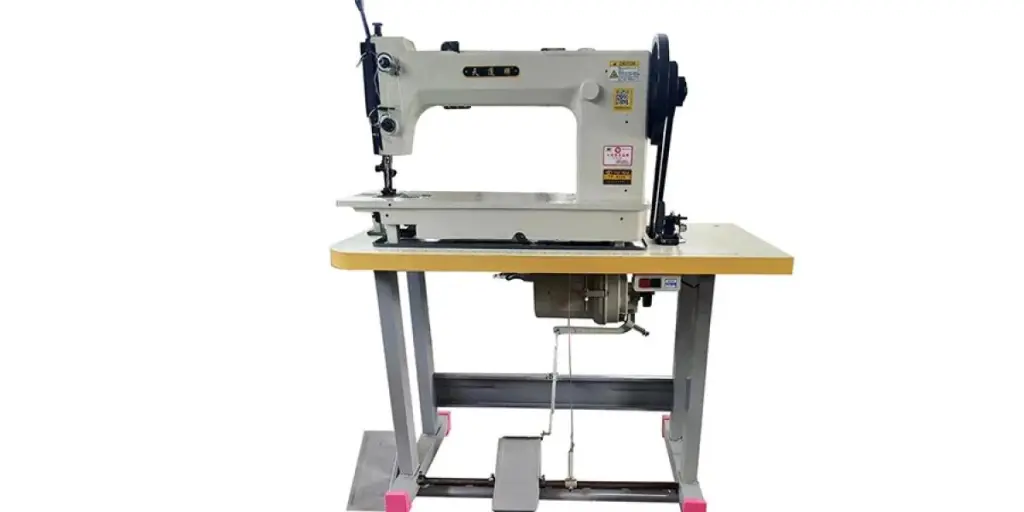Plastic thermoforming and injection molding have widespread applications across industries. Each process has distinct characteristics that are beneficial for specific applications. However, as manufacturing technology advances, the capabilities of both processes overlap, necessitating a more thorough assessment of the benefits and costs associated with each.
Table of Contents
The thermoforming and injection molding market
A comprehensive understanding of the two processes
Comparison between thermoforming and injection molding
The thermoforming and injection molding market
The global thermoforming market was worth USD 13.45 billion in 2021 and is expected to grow at a CAGR of 4.9%. The increasing demand for thermoforming in the pharmaceutical and medical sectors is a significant factor driving market growth. Over recent years, thermoformed plastics have been used as a metal replacement in different industries, including aerospace, transportation, and medical devices.
The global injection molding market was valued at USD 175.02 billion in 2021 and is expected to grow at a CAGR of 4.8% by 2030. More recently, injection molded plastics are used as a metal replacement in the construction sector to reduce weight, improve insulation, and provide UV protection. Furthermore, these plastics are commonly used in various building applications such as flooring, roofs, plumbing, walls, and roofs.
A comprehensive understanding of the two processes
What is plastic thermoforming?
Plastic thermoforming is a manufacturing process that helps to create 3D-formed plastic parts. Heat is applied to a sheet of formulated thermoplastic to make it pliable. This sheet is then stretched onto a temperature-controlled mold to create the desired geometry. The process is accomplished using either a vacuum forming or a pressure forming technique. When the part cools sufficiently, it is removed from the mold, and the excess material is scraped to meet the exact design specifications. If necessary, secondary operations such as silk screening, painting, additional assembly, or point bonding are performed to finish the part.
Features of plastic thermoforming
Reduced tooling costs: Compared to injection molding, tooling for plastic thermoforming is relatively cheaper. This is because the molds are made of inexpensive aluminum. In contrast, injection molding molds are made of heavier alloys like steel or thicker aluminum to withstand high pressure and allow continuous reuse over longer production runs.
Furthermore, thermoforming requires only single-sided tools rather than double-sided ones commonly used for injection molding. This reduces material usage for mold-making by half, significantly lowering upfront costs. The molds, however, are short-lasting and cannot be reused for large-scale production.
High speed and quick turnover: Thermoforming molds can be produced much faster than injection molds. Injection molding takes more time because the molds are double-sided and made of harder materials such as steel. Furthermore, thermoforming molds are easier to design, fabricate, and modify.
Design options: Thermoforming has several advantages for product design and development. Vibrant colors can be incorporated into thermoformed plastics during production. Other operations such as printing, stenciling, painting, silk screening, and coating can also be used to create unique textures and finishes and enhance the appearance.
Flexibility: Thermoform designs use straightforward single-sided molds made of highly formable materials, allowing for quick and inexpensive modifications. In contrast, injection molding uses double-sided molds made of heavier materials, making tooling more expensive and time-consuming.
What is injection molding?
Injection molding is a manufacturing process that uses thermoplastic materials in a heated resin form to create 3D parts. To create a 3D cavity of the desired part shape, two double-sided molds are clamped together. This tool feeds heated plastic material into the cavity, which cools to a solid state and takes on the intended design. The molded part is ejected from the machine, and secondary operations such as surface painting can be used to finish the part.
Features of injection molding
Ability to create complex parts: Injection molding is a process that allows users to create highly complex components with an exceptional level of detailing. The high pressure used in the injection molding enables the creation of intricate geometrics as the material is forced firmly against even the tiniest cavity. The injection molding process can be modified to satisfy specific requirements with the use of multi-cavity molds.
High precision: Injection molding uses reusable and long-lasting molds for continuous production. These molds can be reused for many years to achieve high accuracy for large production runs. Injection molding is especially useful for complex, small, and intricate components that are time-consuming or difficult to fabricate using thermoforming or other methods.
Flexibility: Although injection molding is more expensive than plastic thermoforming, the mold designs can be altered during manufacturing to lower production costs. By simplifying the design, costs can be reduced to a certain extent. Furthermore, other material reduction techniques, such as coring, undercutting, or modifying existing molds, can also help save money on new projects.
Efficient usage of material: Material scrap rates are low in injection molding. The amount of material to be used is precisely measured to ensure that the mold is filled while producing the least amount of waste. Additionally, the injected molded products can be scaled and require minimal tooling after they are removed from the mold.
Comparison between thermoforming and injection molding
The production volume can help manufacturers decide which method is best for them. Plastic thermoforming is best suited for low and medium-volume production, whereas injection molding is more cost-effective for high-volume production. This is primarily due to tooling complexity and cost differences between the two processes. However, these two processes can occasionally overlap in terms of product requirements and capabilities, making the final decision harder to make.
Tooling
In the tooling phase of thermoforming, a single-sided 3D mold is composed of polyurethane, wood, or aluminum. For injection molding, a double-sided 3D mold is created out of steel, aluminum, or copper alloy. In terms of timing and price, thermoforming has an advantage over injection molding.
Production cycle
The typical tooling time for thermoforming (pressure forming) is 0 to 8 weeks, with the first production occurring within two weeks. Tooling for injection molding takes 12 to 16 weeks, with up to four weeks for production. Thermoforming can be the preferred manufacturing technique if there is a time crunch.
Cost
The tooling cost in thermoforming is much lower than in injection molding. The total part cost for thermoforming is less than 3,000-5,000 parts; however, above this volume, the cost per part for injection molding is more competitive. This is why injection molding is typically used for large-scale production, while thermoforming is used for smaller quantities.
Both methods are dependable and produce high-quality results. The best option for a project is mostly dependent on the application’s requirements.
Material
In thermoforming, different materials can be used to create a flat sheet that gets molded to form the product. Thermoforming also allows users to customize the colors, finishes, and thicknesses. On the other hand, thermoplastic pellets are used in injection molding and come in different materials and colors.
Applications of thermoforming
Due to its adaptability and affordability, thermoforming has uses in various industries. It is extensively used in the automotive sector to create, among other things, dashboards, interior panels, air ducts, and bumpers.
Additionally, this process is used in the aerospace industry to produce interior panels, seat components, galley equipment, and window coverings. Thermoforming is frequently used in the construction and medical sectors as well to create everything from tool cases to assistive technology to diagnostic and imaging equipment.
Applications of injection molding
Injection molding is commonly used in the construction industry to manufacture fasteners, hand tools, window locks, doors, handles, and other construction accessories. It is also used in the automotive and aerospace industries to make lenses, panels, gears, and turbine blades. Furthermore, it is widely used in the food industry to produce food-grade plastics and beverage packaging. It is further applied in the medical industry as well to produce diagnostic kits, X-ray components, and surgical kits.
Which method is the best?
For certain industries, both methods may be used to manufacture parts. However, for certain applications, one method may be more advantageous. To determine which approach is better, one must assess the project’s requirements, taking into account the proposed timeline, cost, and material, among other factors.
